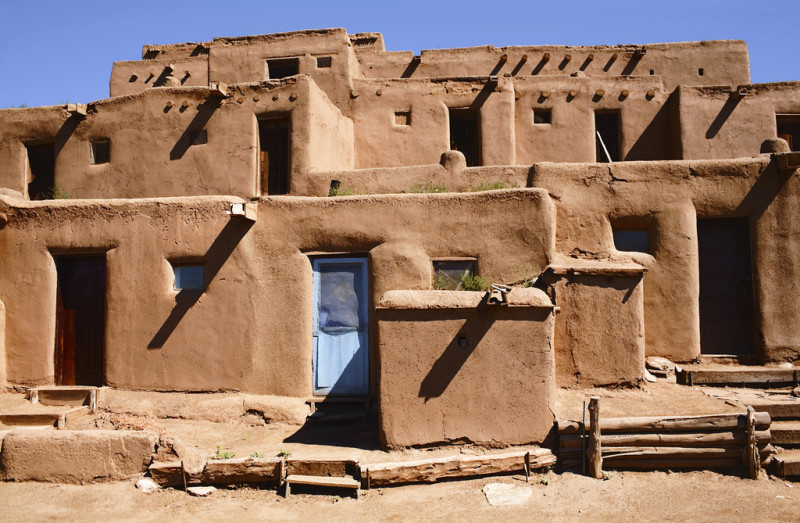Nature's Unifying Patterns
Detailed descriptions and examplesNature builds using abundant resources, incorporating rare resources only sparingly.
Nature’s materials are abundant and locally sourced. This is true whether an organism is building something external to itself, like a termite mound or a nest, or assembling materials that are part of the body, e.g., a wing, shell, leaf, or horn. The most common and abundant basic building blocks—chemical compounds—are those that are formed from the most common and readily found elements on earth: carbon, nitrogen, hydrogen, and oxygen. A few rarer minerals are also used, but these are found locally and are readily available, not mined, processed, or shipped thousands of miles. Waste is eliminated waste through additive manufacturing and by building processes around readily available and low cost sources of materials and energy.
Biology Examples
Caddisfly

Barn swallow

Design Applications
Adobe buildings

Habitat for Humanity

Volunteers working on a Habitat for Humanity project.
Image Credits
Caddis fly cases: B Smith CC-BY-NC-SA
Barn swallow nest: Mike Allen CC-BY-NC-SA
Adobe building: greenheron46 CC-BY-NC
Habitat for Humanity: U.S. Navy CC-BY


